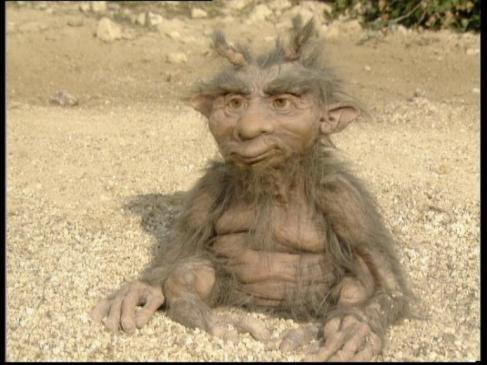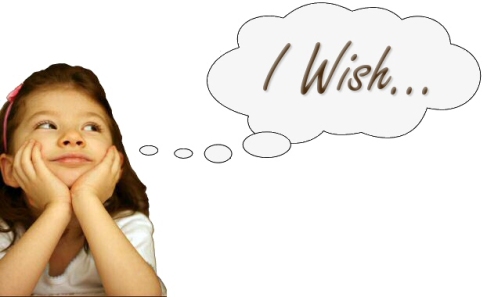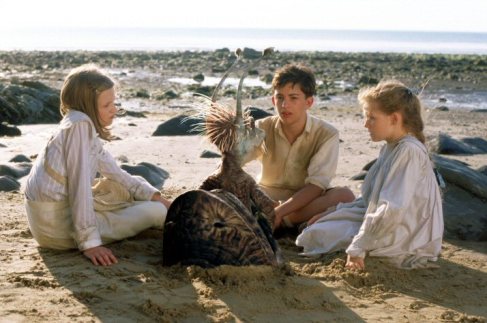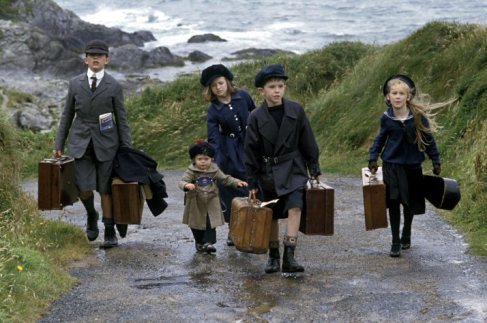During my research for my final paper, I came across a great article on The Five Children and It entitled “E. Nesbit’s Psammead Trilogy: Reconfiguring Time, Nation and Gender” by Michelle Smith. Among her discussion of other social issues presented by the three books, Smith points out that Anthea’s incessant mothering of her siblings seems to be at odds with Nesbit’s personal “unconventional femininity.” As we discussed in class, Nesbit was an intelligent, socially involved woman, so the narrator’s assertion that Anthea was “meant to be a good housekeeper some day” seems awfully backwards (15).
Smith, however, argues that Anthea’s mothering is actually the source of her strength of character. I found this assertion convincing. She thinks the most clearly, has strong moral convictions and an empathetic temperament. She is the favorite of ‘the Lamb,’ which implies that her patience and quality of care are superior to her other siblings. This hyper-feminine personality seems to encourage her siblings to rely on her, and she wastes no time in expressing her opinions on the right and moral path of action in each of their adventures. Being a child, she lacks complete responsibility, but she makes up for it in quick-wittedness. This mature temperament is not due to age – Anthea is actually younger than Cyril.
This “feminine shift in the parameters of heroism” allows Anthea to remain feminine and motherly while still being the hero. To me, this is extremely forward-thinking for a novel published in 1902. Feminism is by no means a recent development, but women who choose to cultivate femininity and domesticity, especially by being housekeepers like Anthea, do still suffer accusations of being anti-women. The more women who choose to become educated professionals, the more work we do towards bridging the divide, but this doesn’t mean that the 1950’s housewife aesthetic is inherently against the equality of women – it’s just a different lifestyle choice. This statement has become mostly accepted at present, but during Nesbit’s time, women were still working towards the right to vote: Nesbit’s display of a woman who was feminine and heroic without sacrificing for either was undoubtedly ahead of her time.















